Starting a Garden From Scratch
Starting anything new can be a tricky thing, and that is even truer with gardening. Today, we are going to map out a plan for starting a garden from scratch so you can begin growing fresh organic food your family will love.
How to start a backyard garden without getting overwhelmed or stuck. Don’t forget to grab the FREE Starting a Garden From Scratch Checklist below!
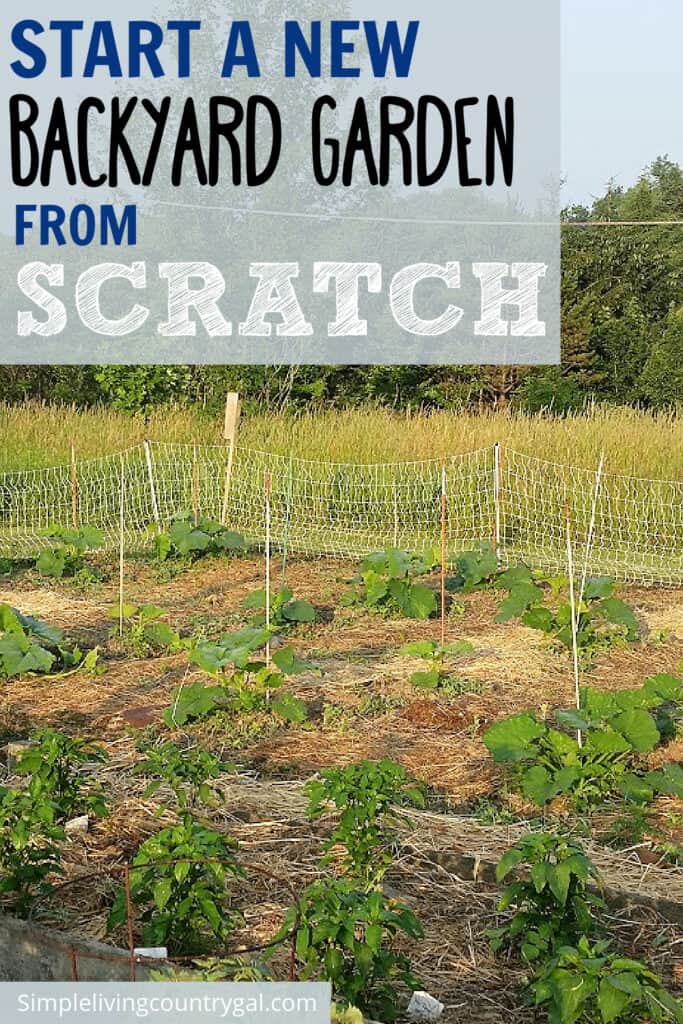
Growing food is a large part of homesteading because it allows you to be more self-reliant on the produce you eat. Gardening puts you in control of the quality of your food allowing you to make your own decisions on using fertilizers or compost to help things grow. The more you can grow or raise, the less you have to buy at the store, and luckily, starting a garden is an easy way to get started on that path.
Starting a Garden From Scratch
This guide will give you a step-by-step plan on everything you need to know for starting a garden from scratch.
Be sure to grab your FREE Starting From Scratch Checklist below!
Step #1. Location of Your New Garden
First things first, you need to decide where your garden will be located and there are a few key factors to keep in mind when choosing your spot.
- How much sunlight the area receives throughout the day.
- Is there a convenient water source near by.
- What is the soil quality in the location you are considering.
- Is the location near to your home making it easier to do daily upkeep.
- Does this area need protection from deer, rabbits, or other threats.
The more you can answer yes too the better the spot will be for your new growing area.
What if my soil is poor quality?
Not all areas have great soil but that doesn’t mean growing food is not an option. There are things you can do to either amend your soil or you can use a different approach to gardening. Amending your soil does take time and will be more successful if done in the fall. If you are reading this in the spring you may want to opt to an alternative for this year. You can grow your food in grow bags, raised beds, or even in bales of straw.
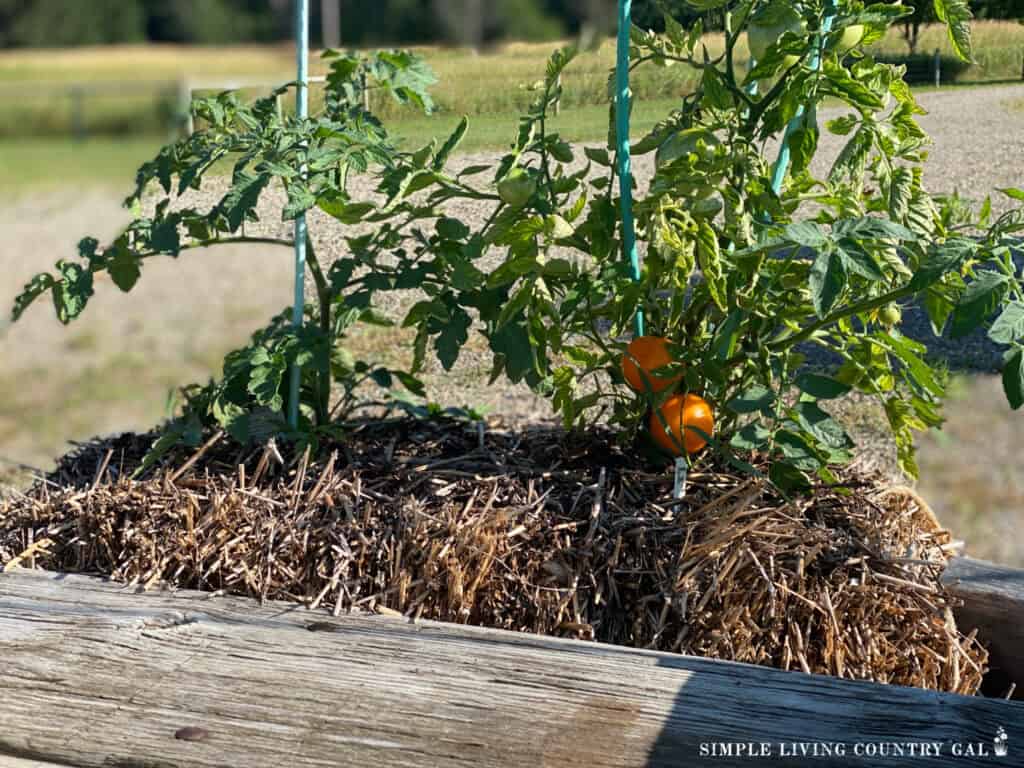
Sunlight
Sunlight is essential for plant growth, so it’s important to pick an area that gets plenty of sun. Take note of any trees or buildings that may block the sun throughout the day, and avoid those areas if possible.
Walk your property and determine which areas get 6-8 hours of sun each day. You will want to check your target area a few times a day so you can get a more accurate look at the sun.
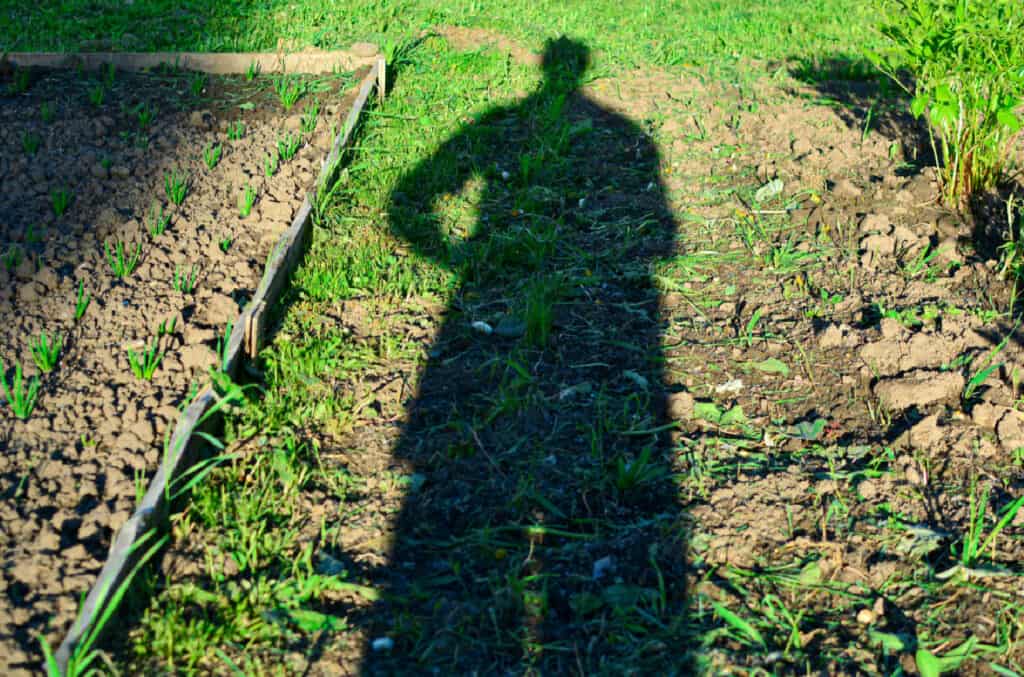
Water Source
Next, you need to consider your water source being sure to choose a spot that is near. Watering is a chore that needs to be done daily and the more coveninet you can make things the more you wll be consistant.
If keeping your garden close to your water source is not an option you can use a rain barrel to help. A rain barrel will catch water when it rains giving you a good supply near by that you can use to water your plants.
Action Plan: Determine if your spot is close to water or if you will need to come up with a source. Write down a budget if you are planning on setting up a system for your future garden.
Rain Barrels:
Araiozora Rain Barrels to Collect Rainwater,100 Gallon Collapsible Water Barrels Rain Catcher from Gutter 1000D Waterproof Material Portable Water Storage Tank with Spigo

Soil Quality
Soil quality can make or break your garden, so choosing an area with good soil is crucial. Look for loose, well-drained soil that is rich in nutrients. If you are unsure about the quality of your soil, you can always test it yourself or have it tested at a local nursery or university extension office. If your soil is poor, you can improve it by adding compost or other organic matter.
Garden Soil Prep Resources:
Action Plan: Test a sample of soil using a soil pH home test to determine where you are. Make a note, along with a plan for amending any soil that is less than optimal.
Soil pH Test Kits:
Luster Leaf MO1612 Biologic Soil pH Tester


Convenience
When starting a new garden from scratch, be sure to consider convenience when choosing the location. You will want an area that is easily accessible and close to your home so you can quickly tend to your plants. This will also make it easier to harvest your crops when they are ready.
Action Plan: Walk around the potential garden spot and consider how easily you can access it. Make a note of any obstacles or inconveniences that may need to be addressed before planting, such as clearing debris or trimming overgrown plants. Keep in mind any tools or equipment you may need to transport to and from the garden.
Protection
Finally, it is important to consider protection for your garden. This may include a fence or barrier to keep out animals or pests and shelter from harsh weather conditions such as wind, frost, or intense sun. You may also want to consider planting taller plants around the edges of your garden to provide some natural protection.
Action Plan: Take a walk around your chosen area and assess any potential risks or threats to your future garden. Make a plan for how you will protect your plants from these factors.
Garden Fences:
HIHADUUM 14 Pack 31.5 Inch(H) X 20 Ft(L) Decorative Garden Fence Fencing Panels, Metal Wire Border No Dig Fencing Animal Barrier for Dog, Flower Edging for Yard Landscape Patio Outdoor Decor

Step #2. Decide What You Will Grow
Once you have found the perfect spot for your garden, it’s time to decide what you want to grow and how much of it. This will determine the size of the garden you will need.
Space
Some plants need a little space to grow, such as radishes or herbs, whereas other plants need more, such as corn or pumpkins. Next, determine how much you need to plant to feed your family. This will help you know how much space you will need to prepare for.
Action Plan: Make a list of the plants you hope to have and research how much space is needed to grow each one.
Starter Vegetable Gardens, 2nd Edition: 24 No-Fail Plans for Small Organic Gardens


Step #3. Design Your Garden Layout
Once you have chosen the perfect spot for your garden, it’s time to design your garden layout, and this involves answering a few questions.
- Will you use raised beds?
- Will you use traditional beds?
- Will you use containers?
Action Plan: Do research on each gardening method listed above and decide which one you will use this growing season.
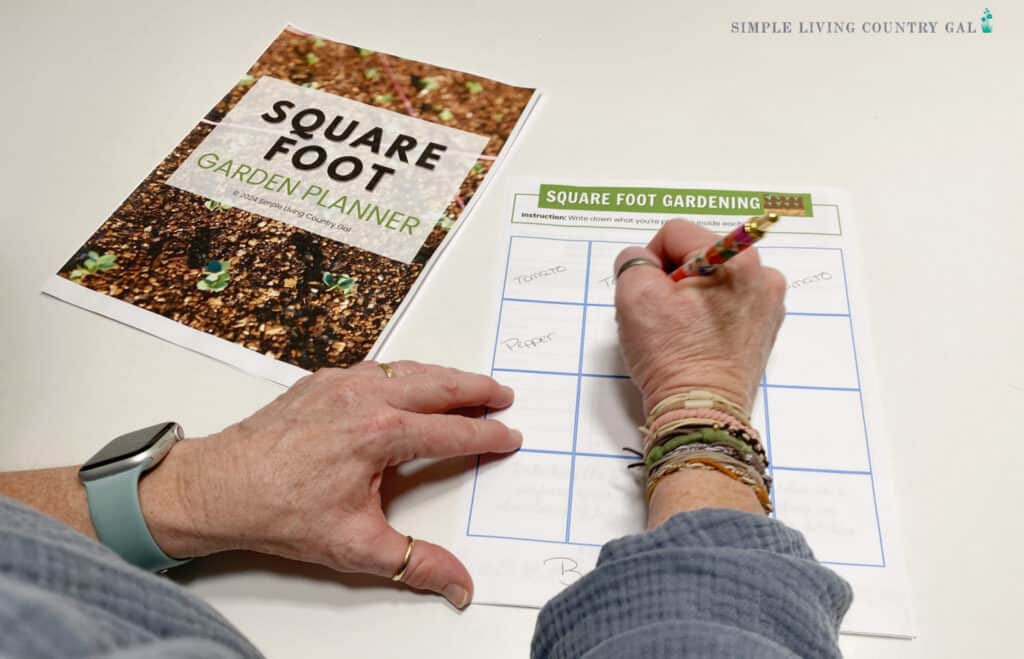
Step #5. Mark it Out
After you have decided on a layout that best suits your needs, you will want to measure out each area to ensure you have enough room for each area. This will help you to use the space you have available in the most efficient way. You should also consider adding pathways between beds for easier access and maintenance.
Action Plan: Use a mower to cut down the prospective area. Once done, use stakes and string or spray paint to outline the boundaries of your garden and leave enough space for pathways.
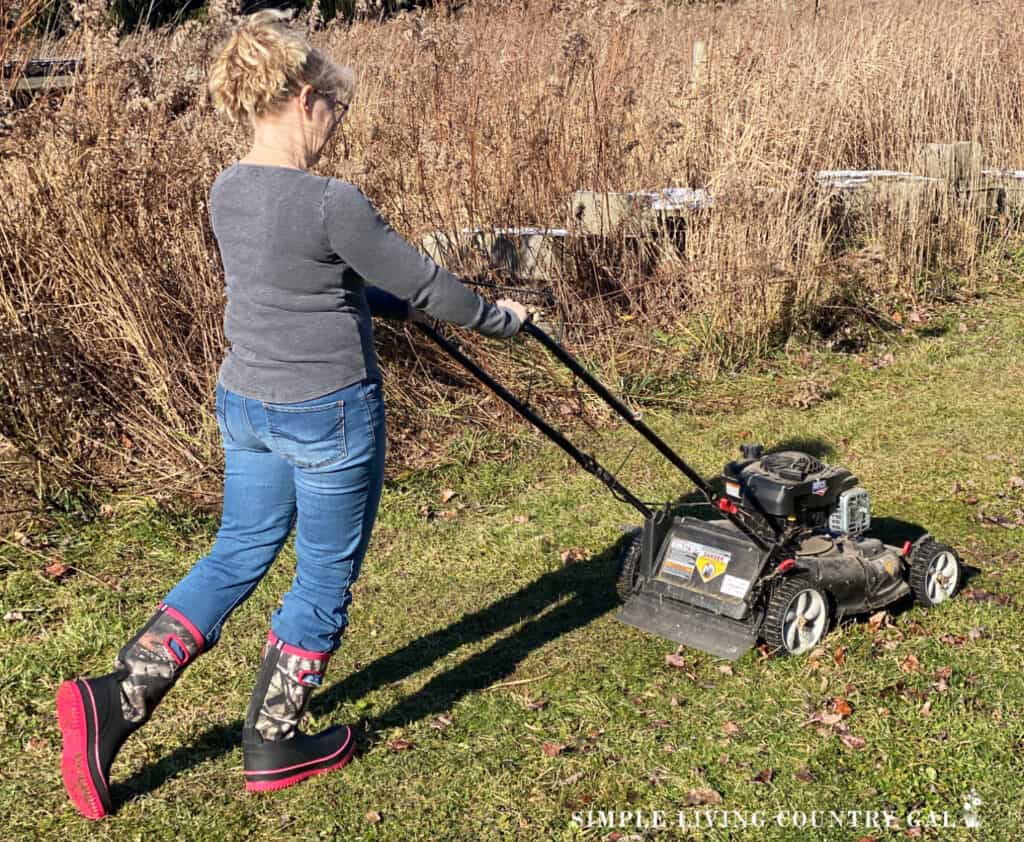
Step #6. Build the Frames/Borders
Depending on your chosen layout, you will need to build frames or borders for your garden beds. This part is important as it will keep each area contained, allowing you to rotate more easily in the following years.
Action Plan: Decide on the type of material and size needed for your frames/boarders and gather all necessary supplies. Build each area and label them on your map so you know what was planted, where, how much, and the timeline. Keeping good notes from day one will help you to always improve as a gardener.
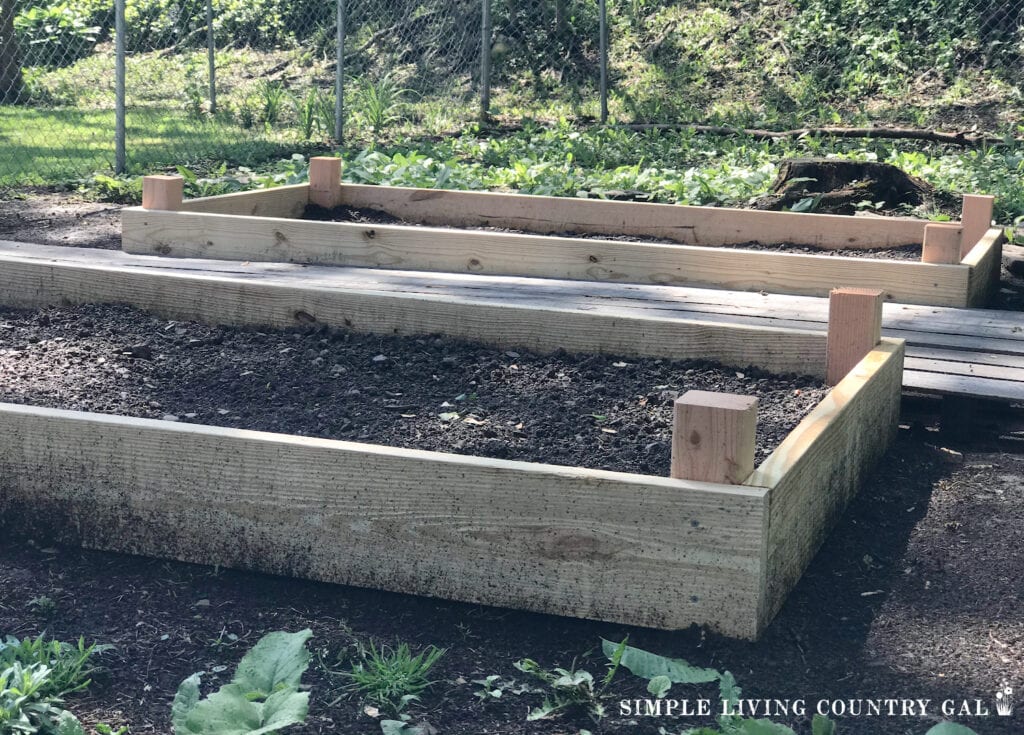
Step #7. Prepare the Soil
The key to staring a successful garden from scratch is healthy soil. Before planting, it’s important to prepare the soil by removing debris, weeds, or rocks. Next, you can either remove the sod to give you access to the soil underneath, or you can add layers of compost on top of the sod finishing off with a layer of soil you can plant in. Either way is fine, and the approach you choose is up to you.
Action Plan: Dedicate a day or two to prepare your soil, remove any debris and weeds, and add nutrients such as compost. Consult with your local garden center for advice on what type of fertilizer or soil amendments are best for your area.
No Dig Gardening Tips:
Step #8. Starting Planting
Once your frames/borders are built and the soil is prepared, you can start planting! Be sure to refer to the seed packet or seedling directions as to when to plant and the type of soil that is best for the plant you are growing.
Action Plan: Start planting according to your map and timeline. Make sure to leave enough space between plants for proper growth and use stakes or trellises for plants that need support. Keep track of what was planted and where to help with future crop rotation.
Gardening Hand Tool Set 3 Pack – MDSXO Heavy Duty Gardening Kit with Non-Slip Soft Ergonomic Handle, Great Garden Gift for Women Men[Stainless Steel]![Gardening Hand Tool Set 3 Pack - MDSXO Heavy Duty Gardening Kit with Non-Slip Soft Ergonomic Handle, Great Garden Gift for Women Men[Stainless Steel]](https://easyproductdisplays.com/wp-content/uploads/2017/07/buy6.gif)



Step #9. Maintenance
Gardening requires consistent maintenance throughout the growing season. This includes watering, weeding, and pest control.
Action Plan: Set up a care routine that you can stick to. Include tasks such as watering, weeding, and pest control.
Starting a garden from scratch can be overwhelming unless you have steps. Work on one task at a time, keeping a record in your journal. Remember to keep in mind your timing so you can have your plants in the ground, giving them enough time to mature before harvest.
Finally, having a routine for your garden’s care is an easy way to stay on top of its growth. A few minutes each day goes a long way to a healthy, abundant harvest at the end of the growing season.















![Gardening Hand Tool Set 3 Pack - MDSXO Heavy Duty Gardening Kit with Non-Slip Soft Ergonomic Handle, Great Garden Gift for Women Men[Stainless Steel]](https://m.media-amazon.com/images/I/41qgPIFVlJL._SL500_.jpg)




These are great steps to get going. My issue right now is the soil. I’ve had to really educate my husband and boys to not through good compost into the woods but onto my garden instead.
Thanks for sharing on the Homestead Blog Hop. We always love seeing what you have to bring. See you again this Wednesday.
Oh, that is a great tip! No compost in the woods..haha!
Tracy Lynn